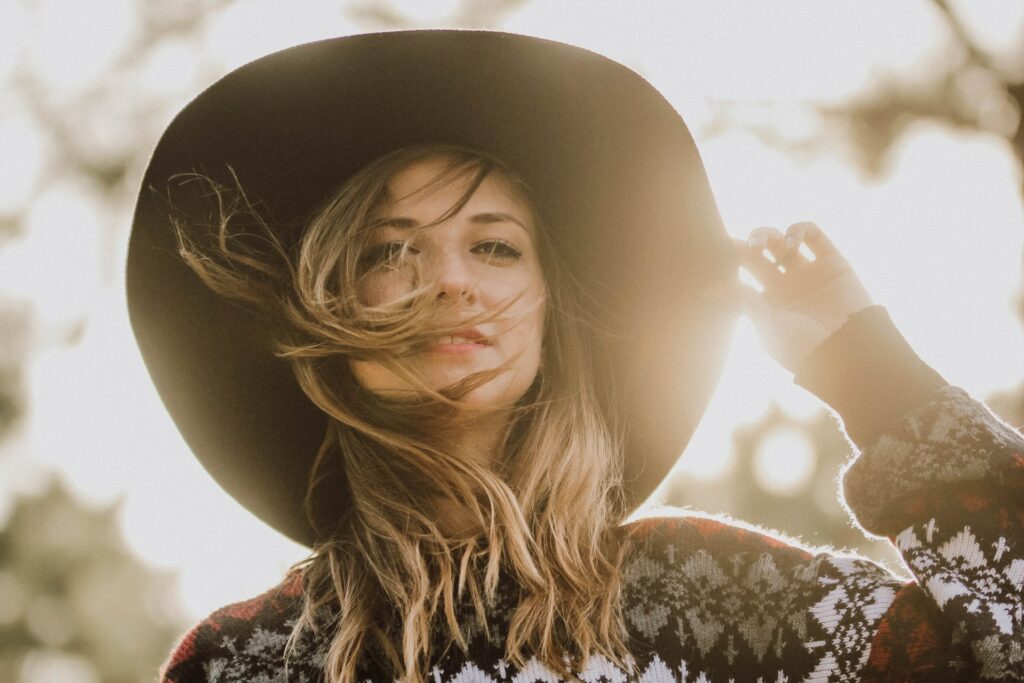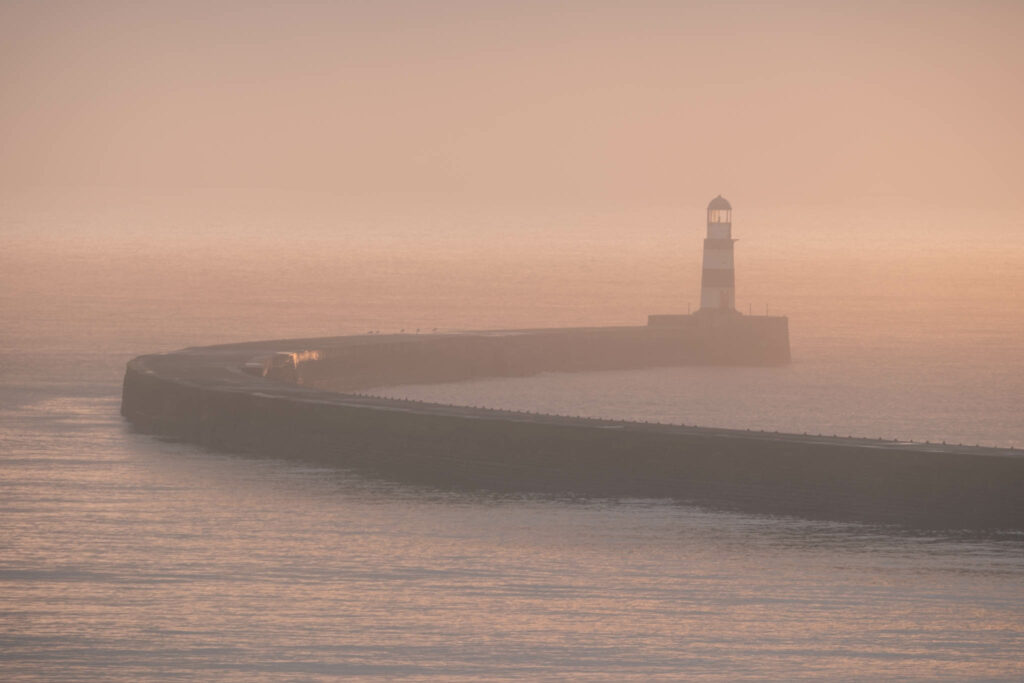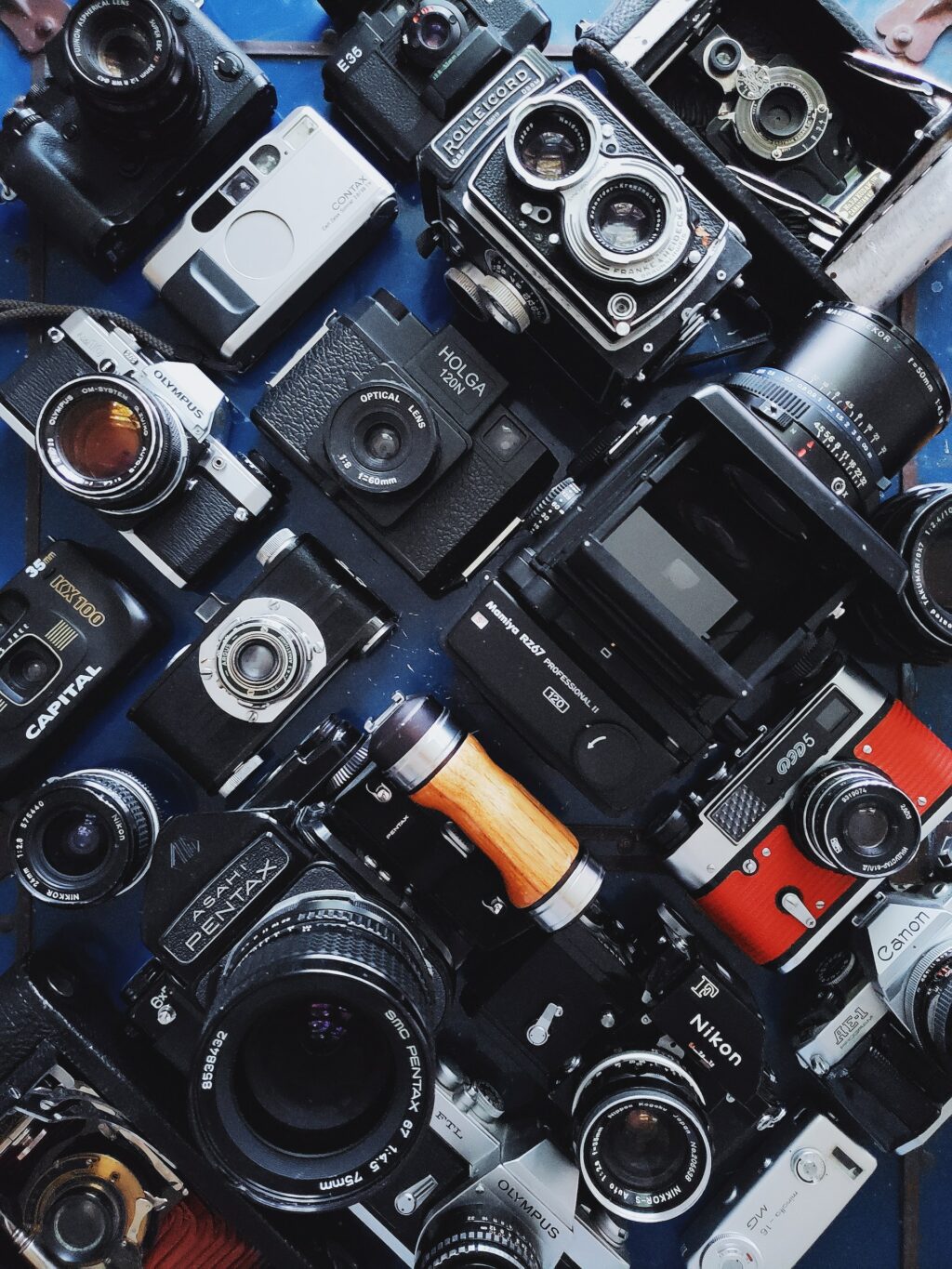It's a fact that many of today's photographers have used a vintage lens at some point in time. Not only is it a cheap alternative to a modern lens, it also presents a wonderful opportunity at learning photography fundamentals. But, is it really worth it? If you ask me, I think it's totally worth it. I must say that this article is purely based on my experiences with vintage lenses, and I’m sure most of you will agree with me.
Advantages of Using Vintage Lenses
Let's begin with the advantages of using a vintage lens on modern DSLR cameras.
1. Gain Better Control Over the Photographic Process – There is no better way to get to know how it felt back in the old days. Nothing is automatic with vintage lenses – the control is fully manual in every way possible – which can be very useful for the photographer. Using a vintage lens will pretty much force you into understanding focus better by training your eye to see when you are in or out of focus. And since you can control the aperture with a ring on the lens, you can pretty much preview depth of field on the go.

2. Get the Bang for the Buck – There isn’t a cheaper way to get solid glass with nice and wide aperture for 1/10th or less of the price of the modern counterpart, which in the same time has a great build (mostly whole metal build) and is quite heavy (this one varies with taste, I personally like heavy lenses).
3. Create Various Unique Effects – I’m not advertising Instagram photography here, quite the opposite, actually. Some vintage lenses have effects that are unique and look really good when properly used. For example, the Helios 40-2 85mm f/1.5 is known for its swirly bokeh, which is best used to emphasize portraits with nice bokeh background which leads the eye towards the middle of the image. Or take the unique portrait renderings that the Petzval lens creates. If nothing else, recreating the various vintage renderings on digital sensor is always fun.

4. Great for Studio Work – Professional photographers shoot with modern made manual focus lenses when they work in a studio – lenses made by Leica, Carl Zeiss, Schneider and so on – due to the fact that they have great image quality. In addition, autofocus on mostly still subject isn’t really that necessary, which means that you can use a vintage lens that produces incredibly sharp image as cheap replacement of an expensive lens. On another note, they are very suitable for reverse lens macro work because of the fact that they are manual focus and manual aperture lenses.
5. Understanding the Physics Behind Creating Photos – Getting to know the physics behind the way your image is created allows for great amount of possibilities when it comes to improvising, planning or adapting. Using vintage lens helps greatly due to the fact that you’ll need to calibrate the flange focal distance, maybe even disassemble, clean and reassemble the lens all by yourself (if you are that kind of a person), which will lead to greater amount of knowledge about the optics, focus points, diffraction and so on.

Disadvantages of Using Vintage Lenses
However, there are also some downsides when it comes to using vintage lenses, even though some of them depend on the kind of photographer you are.
1. Learning Curve – The reality is that it takes some fiddling until you get the hang of it. It won’t work out for you if you are the kind of photographer that likes to rely mostly on camera metering, focusing and exposing.
2. Almost not Good for Action – I say almost because if you are a focusing ninja, nothing will prevent you from using vintage lens for action shots. Well, action photographers used these very lenses for freezing motion until few decades ago.
3. Finding Adapters May Prove Difficult – With very few exceptions, most of the vintage lenses must be used with adapters in order for them to be mounted on modern DSLRs. Bad thing is that not all DSLRs are made for vintage lenses. Nikon DSLRs don’t really work with vintage lenses, except in manual mode with no metering whatsoever. However, I can use my Helios 44-m4 on my Canon and have everything working, and even be able to shoot on Aperture Priority, for example. I don’t have info on how other brands of cameras handle vintage lenses.

4. Needs Calibrating – The flange focal distance must be exactly the same, so some calibrating must be done in order to achieve sharp infinity focus. That is why you need decent adaptor. Take some time to get it right.
5. Requires Maintenance – Let’s face it, vintage lenses are old. Case being the same as old cars: if you maintain them well, they will serve you a lifetime. While on that matter, most common issues with vintage lenses is that the focus ring is hard to turn, and the problem is in the grease under it. This requires an hour or two to fix, and if you do it right, that will probably be the only time you’ll need to do it.
Have you ever tried using a vintage lens? Share your thoughts in the comments below.





11 Comments
I planted a lot of bee-friendly wildflowers in my garden earlier this year & found them really interesting & beautiful. I tried a couple of cameras but autofocus just couldn’t get the subject in a mild breeze that made the flowers sway. Put on my old Helios 44-2 58mm, did a couple of exposure test shots & got some really nice keepers that are now looking decorative in my kitchen. Perfect bokeh as a bonus. Lens cost me 6 quid.
Hi, I have a few vintage lenses and I like them
However, my main problem is that when taking pictures I have a huge problem. When I put the aperture ring all the way open on a bright sunny day the pictures are way too bright and then when I set the aperture down the pictures are normal however the bokeh is all gone and a lot of the detail is gone
Is there anyway around this? Besides shooting pictures in movie mode?
Get an ND filter
Try a neutral density filter. You cant try a polarizer too. Reducing the iso helps.
Good luck
Vickie
I am looking to buy a vintage lens.I have 2 Canon cameras A Rebel T3i and a Canon 70D,I do mostly Landscapes and some Macro.Any suggestions on a good vintage lens to buy?(around a $100 or so?)
For landscape, 28mm f/2.8. There are many to choose from on eBay. Macro lenses are expensive even vintage ones. More than $100 for a good one on eBay. The cheapest is Industar 61 L/Z from Russia.
I have aFuji XT2 witch vintage lens would I need to put on hope you can help thanks very much 👍
Although Nikon cameras do not always meter with many vintage lenses they’re actually one of the best ways to shoot with vintage because the mount hasn’t changed significantly since the 60’s so many old and beautiful Nikkor lenses pop right on a modern Nikon DSLR with no adapter.
Actually, most Nikon DSLRs can use vintage lenses in aperture priority mode, with the exception of entry-level models (e.g. D3xxx, D5xxx) and older mid-range models (e.g. D90). For the most accurate results, you create a lens profile by entering the focal length and maximum aperture. From there, it works just like the meter in a film camera.
Thank you for the article. I have a Pentax. I use my old film lens on new DSLR. By the way I am not a photographer and I am very bad at it. But I am an artist, paint and draw. So having a camera not point and shoot is important to me to reproduce artworks and catch great subject matter for art.
My problem is with Pentax I have set my lens on A, which is auto. So I can adjust anything. Without setting on A, camera will not work. Another problem is picture I took, all turn out darker. I have to adjust on camera to 2 level brighter to take all pictures. Still not as bright as original when shooting art, but 3 levels up will be too bright. No matter I set AV , auto or any other settings. They are all the same. I am thinking of spending money on new digital lens now. Unless it’s me. I am just that dumb.
I have no problem using my Nikon Z cameras. Adapters are available for most lens mounts,
Canon FD, Minolta MD, Leica, M42 thread (Pentax), Contax. The flange to sensor distance is only 16mm. Canon made some excellent long range tele’s that used the FD mount and couldn’t be used on EOS systems without a correction lens. I know of some photographers that paid a mechanic to mill off the mounting end to create a custom mount. Now you can use these lenses
easily on the Nikon Z system in manual or A priority with a $20 adapter. I think also on the Canon mirror less system